VT tank
Jump to navigationJump to search
| Versuchsträger 1-2 | |
|---|---|
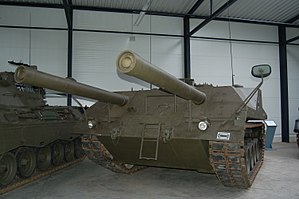 The GVT 04 tank | |
| Type | Tank destroyer, Medium tank |
| Place of origin | West Germany |
| Production history | |
| Designer | MaK[1] |
| Designed | 1970s |
| Manufacturer | MaK |
| Produced | 1974 and 1975 (VT 1-1 and VT 1-2) |
| No. built | 2 VTs and 5 GVTs |
| Variants | VT 1-1, VT 1-2, GVTs |
| Specifications | |
| Mass | 43.5 tonnes (42.8 long tons; 48.0 short tons) |
| Length | 9.06 m |
| Width | 3.54 m |
| Height | 2.04 m |
| Crew | 3 (commander, driver, gunner) |
Main armament | 2 x 105 mm guns or 2 x Rh 120 guns |
| Engine | MTU MB803 Ra-500 1,500 PS (sustained )(1,100 kW) 2,400 PS (short time)(1765 kW)[2] |
| Power/weight | 34.5 PS/t(sustained)(25.3 kW/t) 55 PS/t (short time)(40.5 kW/t) |
| Suspension | hydropneumatic |
| Maximum speed | 70 kilometres per hour (43 mph) 40 kilometres per hour (25 mph) offroad |
The Versuchsträger 1-2 (abbreviated: VT, meaning 'test-beds' or 'experiment carrier') were two German prototype twin gun turretless main battle tanks. Since the early 1970s a number of West German companies have been working on conceptual designs for a successor to the Leopard 1. This project had the name Kampfpanzer 3 (KPz 3). The KPz 3 project was temporarily a British-German joint project, until the UK withdrew because they wanted a turreted tank.[3] The Germans had already developed the Leopard 2 and therefore didn't see the need for another conventional tank.[3] One of the companies involved was MaK, developing the VT 1-1 and VT 1-2. The test programme ended proving that a twin-gunned turretless tank could be created with enough technical effort, but had drawbacks in both practical and tactical use.[4]
Informations complémentaires
| Poids | 1 kg |
|---|---|
| Dimensions | 25 × 8.5 × 38 cm |
| Echelle | 1/35 |
| Matériau | Plastique |
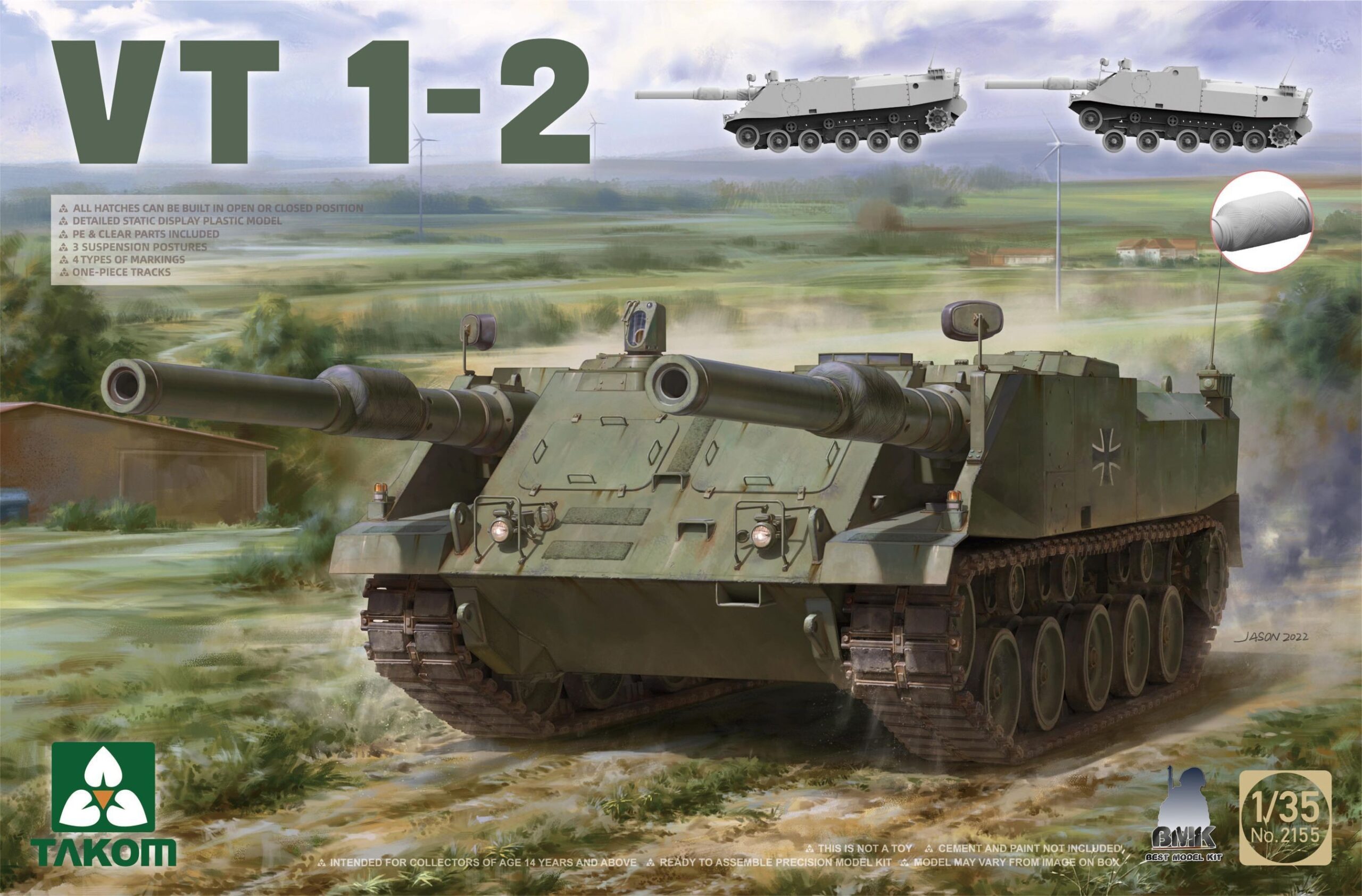



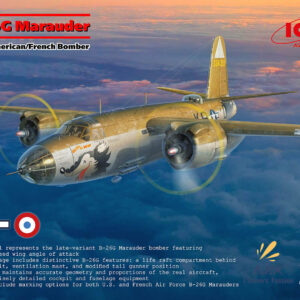
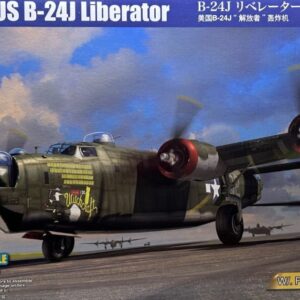


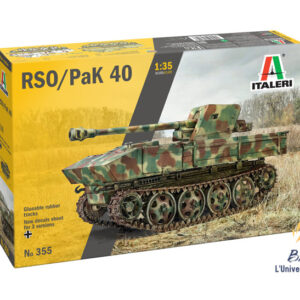
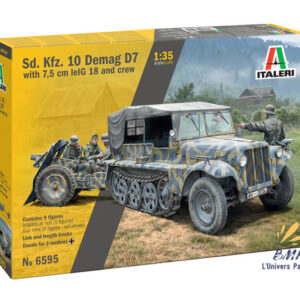
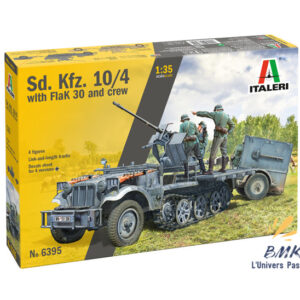

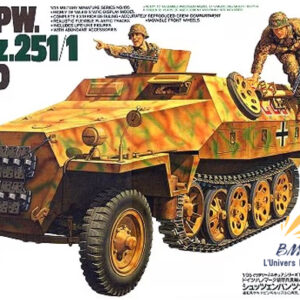
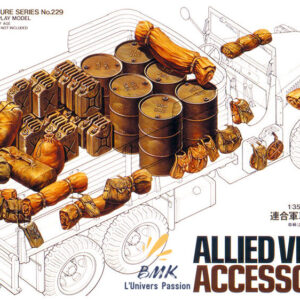

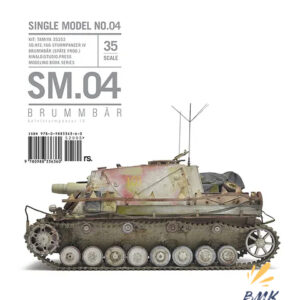
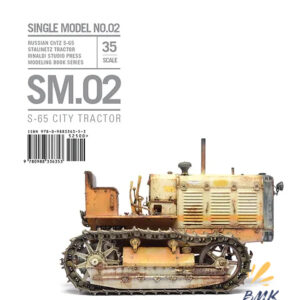
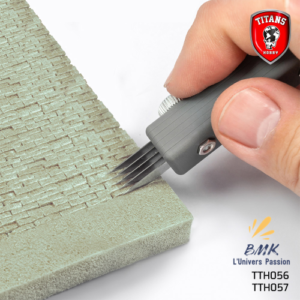
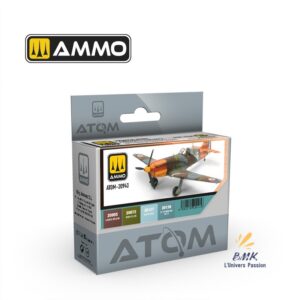
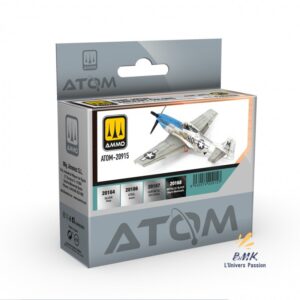

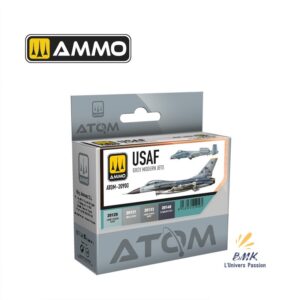
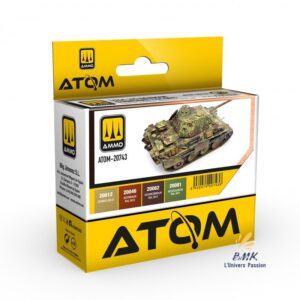

Avis
Il n’y a pas encore d’avis.